
- can-high-schoolers-create-original-dance-routines
- understanding-what-choroegraphy-involves
- skills-students-need-to-become-choreographers
- real-examples-of-high-school-choreographers
- how-to-start-choreographing-as-a-student
- resources-to-support-student-choreography
1. Can High Schoolers Create Original Dance Routines?
Absolutely, high school students can choreograph dances—and many already do. The question isn’t “can a high schooler choreograph a dance?” but rather, “how can they start and succeed at it?” Across schools, community performances, and even viral social platforms, young dancers are stepping into the creative spotlight with their own routines, proving that age isn’t a barrier to expression.
Whether it’s for pep rallies, theater productions, or competitive dance teams, students are increasingly being encouraged to explore choreography as a way to deepen their engagement with dance.
2. Understanding What Choroegraphy Involves
2.1. It’s More Than Just Making Up Moves
Choreography requires musical interpretation, body awareness, and communication. It’s about telling a story or evoking an emotion through movement, which means a choreographer must understand the music, the dancers’ abilities, and the performance context.
2.2. Time Management and Planning
Students must also manage rehearsal time effectively, adapt to last-minute changes, and sometimes work with dancers of varying skill levels. These organizational skills are just as important as creativity.
3. Skills Students Need to Become Choreographers
3.1. Creativity and Confidence
High schoolers need the freedom and courage to experiment. Some of the most innovative choreography starts with a student improvising in a mirror after school. Confidence grows with practice and feedback.
3.2. Musicality
Understanding beats, rhythms, accents, and phrasing is essential. Many student choreographers start by choosing music they connect with personally—often pop, hip-hop, or contemporary ballads—and build from there.
3.3. Leadership and Communication
Choreographers must lead by example, especially when working with peers. Clear direction, respect for others, and openness to feedback foster a collaborative environment.
4. Real Examples of High School Choreographers
Take Maya Lopez, a junior in Oregon who created an entire modern jazz piece for her school's winter showcase. Or Anthony Reed in Atlanta, whose TikTok choreography earned him a scholarship to a pre-college dance program. These students started small—with school projects, YouTube tutorials, and even dance club meetups—and grew into respected voices in their dance communities.
Programs like those at the American Dance Academy often highlight student-led pieces during their recitals, giving young choreographers a professional platform to showcase their work.
5. How to Start Choreographing as a Student
5.1. Start with Music You Love
Find a song that moves you emotionally. Listen repeatedly, identify key beats and phrases, and brainstorm a storyline or emotion that matches.
5.2. Record Your Improvisation
Freestyle in front of a mirror and record it. Watching yourself helps you refine steps and build structure around organic movement.
5.3. Seek Feedback and Adjust
Ask friends, teachers, or local dancers for constructive feedback. Be open to critique—it’s how professionals refine their pieces.
6. Resources to Support Student Choreography
6.1. School Dance Clubs and Theaters
Many high schools have dance clubs or musical theater groups that welcome student choreographers. Start small—maybe choreographing a 30-second segment—and grow from there.
6.2. Online Tutorials and Apps
Platforms like YouTube, Steezy Studio, and Instagram Reels offer inspiration and tutorials. Just watching how other dancers move can ignite new ideas.
6.3. Professional Mentorship
Places like American Dance Academy often offer mentorship opportunities, summer intensives, and choreography workshops for teens. These programs are ideal for developing technique and creative voice.
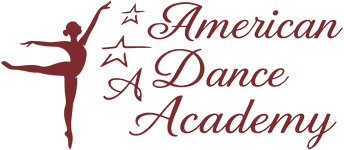
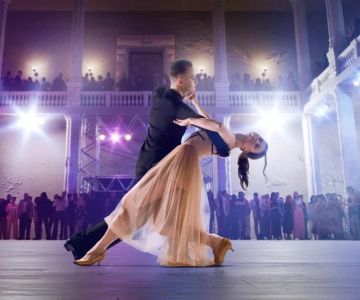
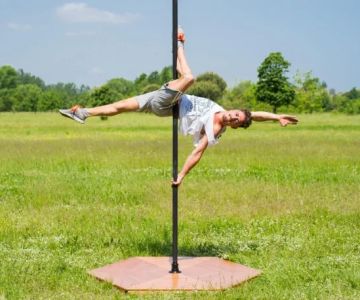
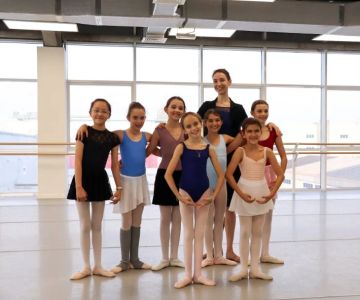
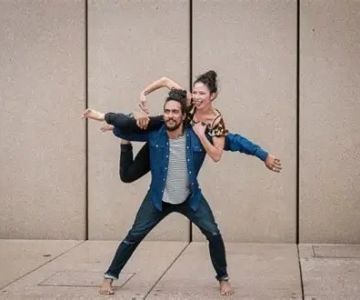

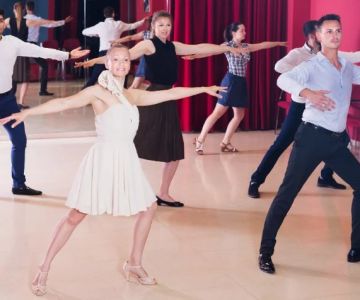
 Barrington Dance Academy5.0 (22 reviews)
Barrington Dance Academy5.0 (22 reviews)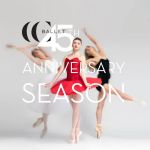 Canyon Concert Ballet4.0 (17 reviews)
Canyon Concert Ballet4.0 (17 reviews)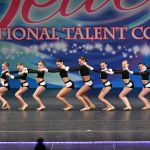 Big City Dance Center LLC4.0 (25 reviews)
Big City Dance Center LLC4.0 (25 reviews)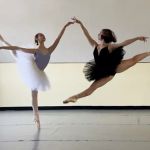 Tye Chua Dance & Kalamazoo Ballet5.0 (18 reviews)
Tye Chua Dance & Kalamazoo Ballet5.0 (18 reviews)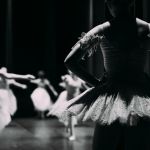 Fenton Ballet Theatre4.0 (24 reviews)
Fenton Ballet Theatre4.0 (24 reviews) Front Street Dance Center5.0 (7 reviews)
Front Street Dance Center5.0 (7 reviews)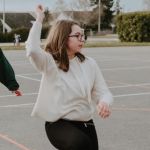 Are There Dances in Middle School? What Students and Parents Should Know
Are There Dances in Middle School? What Students and Parents Should Know How a Dance School in Instagram Builds Community and Success
How a Dance School in Instagram Builds Community and Success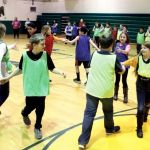 Why Do Schools Teach Square Dancing?
Why Do Schools Teach Square Dancing?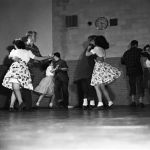 Why Was Square Dancing Taught in School?
Why Was Square Dancing Taught in School? Why Swing Dance Is Popular for Adults
Why Swing Dance Is Popular for Adults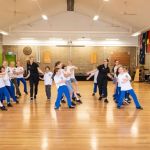 A School Dance: How to Prepare, Shine, and Make It Unforgettable
A School Dance: How to Prepare, Shine, and Make It Unforgettable